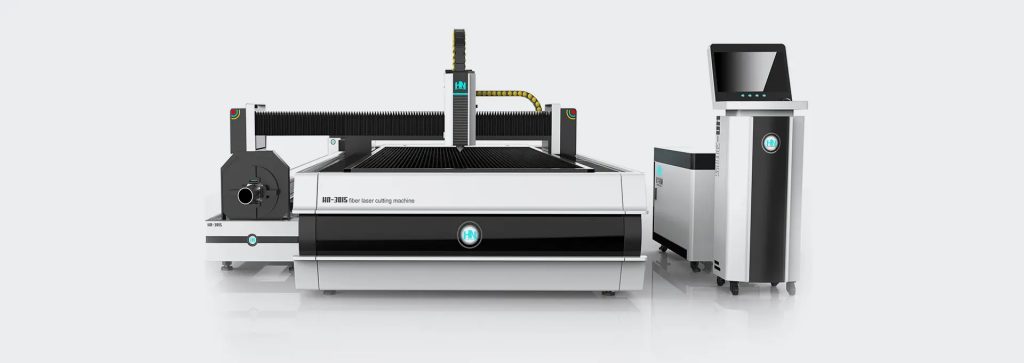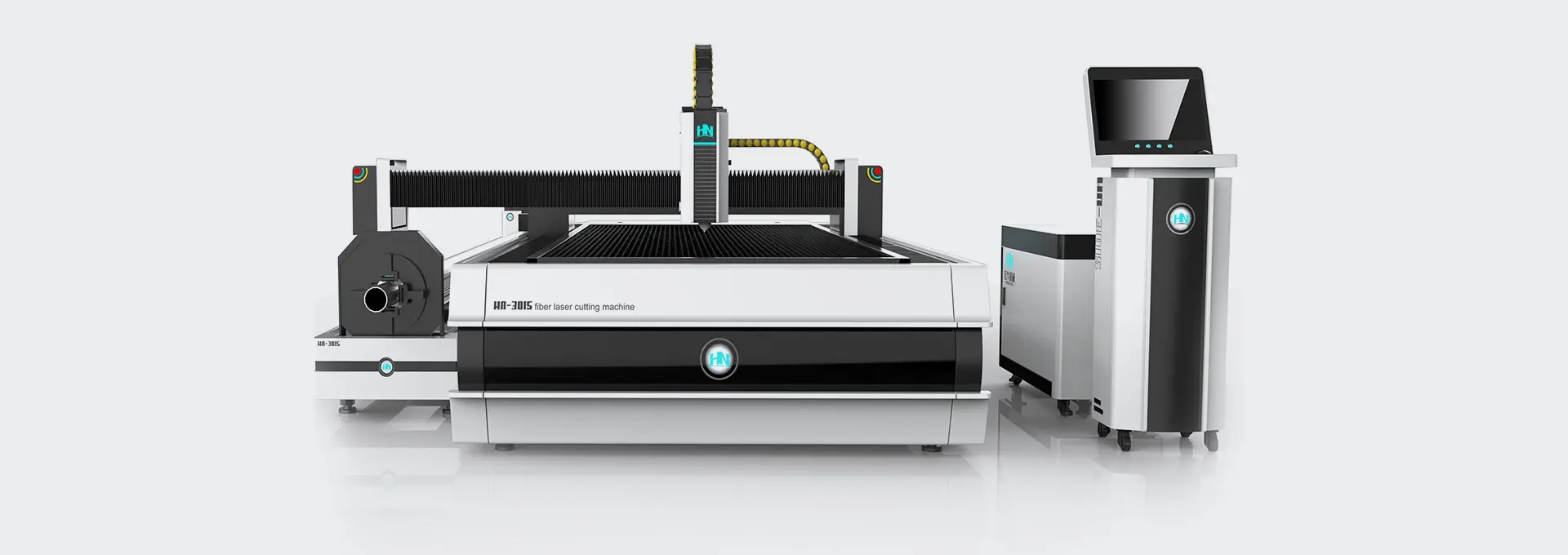Laser processing can design and cut various graphics, which has been widely used in the metal processing industry. Before cutting, it is necessary to import drawings into the equipment program, and then use the equipment’s typesetting software to arrange the graphics on the plate. The equipment can perform batch cutting and processing based on the drawings. The following is a large image of laser to briefly explain what precautions should be taken when setting up a laser cutting machine.

1: Reasonably plan the cutting route
Parts that have been cut may sometimes tip over. If the laser cutting head is rerouted, it may cause damage to the cutting head and cause losses. Therefore, during layout, it is necessary to reasonably plan the path, bypass the cut parts, and avoid collisions. At the same time, selecting the best cutting route can reduce cutting time and improve work efficiency.
2: Grasp the part spacing
When cutting thin plates, the spacing between parts can be appropriately narrowed. When cutting thick and hot plates, it is important to leave sufficient clearance during typesetting, as the heat impact of thick and hot plates is relatively large, otherwise it is easy to cause adjacent parts to be greatly affected by heat, or there may be sharp corners and small patterned edges that may affect cutting quality.
3: Corner cutting processing
When cutting corners at a reduced speed, long cutting times can melt the metal materials at the corners, and an increase in the heat affected zone can degrade product quality. Small radii can be generated at the corners, which can maintain high-speed cutting and achieve good cutting quality.
4: Leader Settings
When cutting thicker plates, in order to better connect the cutting seams and prevent burns at the beginning and end of the cutting process, a transition line, called a lead and tail line, is usually introduced at the beginning and end of the cutting process. The lead and tail line have no effect on the workpiece itself, so they should be arranged outside the scope of the workpiece. At the same time, it is also important to note that the lead should not be placed at sharp corners and other places that are not easy to dissipate heat.
5: Common edge cutting
Combining two or more types of parts into a common edge can shorten the cutting time by making regular graphics in large batches share the same edge as much as possible.





